And more insights into astrology.
The date is 10-9-2010. With the help of the space telescope Fermi, astronomers were able to register a structure spanning 50.000 light years across. They say that they see two perfect bubbles that radiate gamma waves. Each bubble being 25.000 north and south of the galactic centre, said Doug Finkbeiner of the Harvard-Smithsonian centre of Astrophysics in Cambridge Massachusetts. The astronomers cannot place these bubbles and do not know where they come from. Finkbeiner discovered it by going through the data of Fermi’s large Area Telescope “LAT”. LAT is the most sensitive detector of Gamma radiation. Gamma radiation is an invisible electromagnetic radiation with a higher energy then ultraviolet and x ray. The LAT team continuously adjusts the data to find new Gamma sources in the universe. The emissions of the bubbles have a higher energy then the fog of gamma radiation in the rest of the milky way. Scientists analyse the data at this moment, on how this never before discovered structure is formed. The bubble also is seen to have very sharp edges.
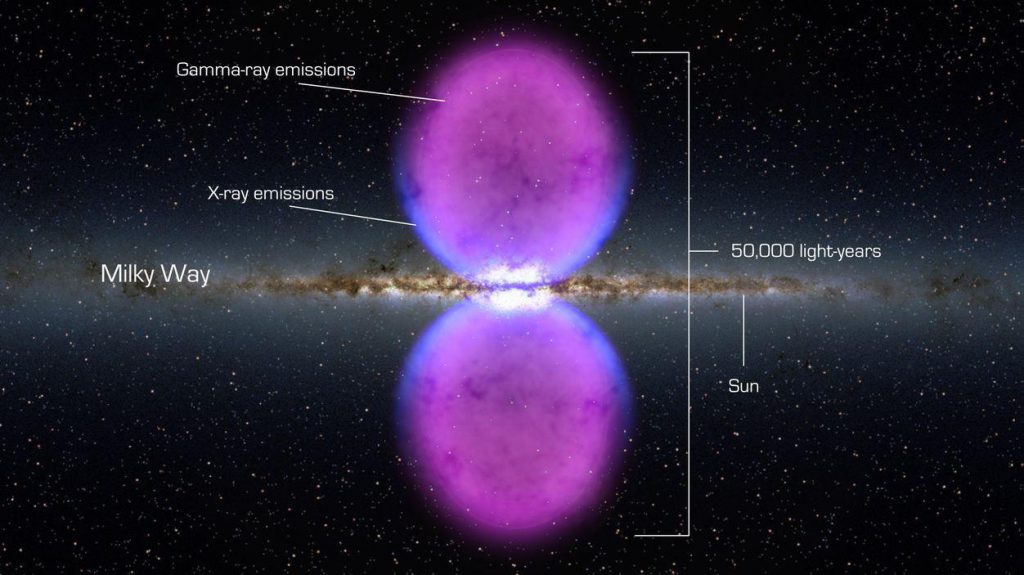
This has been explained and shown in several articles, where the two overlapping bubbles, circles, have the planetary disc from the 4 and 5. Look at the structure shown in article number: and then read article 210 black-holes, matter and 219: T.O.E. “the theory of everything”, it will be clear that the knowledge presented in these articles is not only years ahead of science, but also shows that this sacred ancient knowledge has been available for thousands of years to the initiate, and then lost until 1959 where by birth right it was to be returned to mankind. In one of the articles the diameter of the circle was given as 25 or 50 for two, which as you can see is correct in scale. But please do not be fooled by the image presented by Fermi, as it is an artist’s impression by NASA.
Related articles 155,146,193,192,210,100,102,264,136,137, and a few others will show that this knowledge, is and has been available for many years. But only few scientist were only willing to start researching it. History will need to be rewritten, it is explained that this model is not just about our galaxy or neutrons and protons, but a whole model of creation.
It is about time scientists and other research institutes will join in and translate it into their own language so we, as a whole, can make the necessary changes and take away the conditioning which has kept them from seeing the truth. It is so very much needed to change the way before it is too late.
Another important thing I need to explain is, that the geometric patterns such as the hexagram seen on Saturn and in some other so called natural events such as tornados etc. and of course the star configuration, whether gaseous, liquid or electromagnetic, when you have one frequency/wave and another within it, it will create patterns. When you use the original “Solfeggio” musical scale 396,417,528 and mirrored 639,741,852,963. You can orchestrate life. But associated to the principles explained in the articles you can do much more, solve the energy problems and effectively change the world into paradise as it is intended to be.
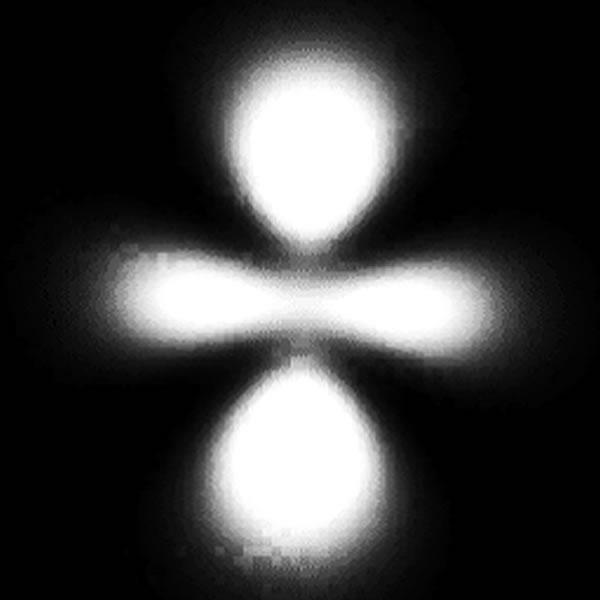
This is a photo of an atom.
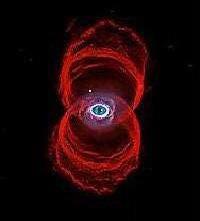
Another photo of the configuration in the universe.
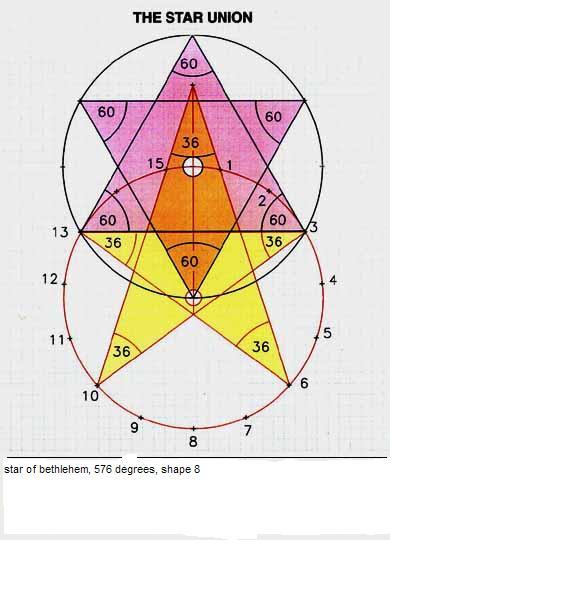

The Glastonbury well cover.
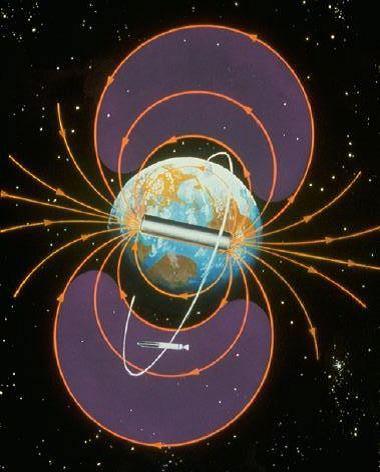
The earth’s magnetic field.
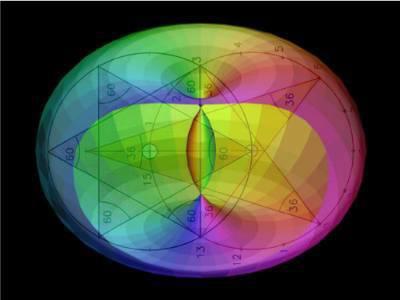
The tree of knowledge, the star of Bethlehem, the holy grail.
The lower circle of 288 degrees is divided in 15 parts and runs from 5 to 4 “see top left corner of website” each point of the pentagram has 36 degrees, therefore 15 times 36 is 54.0 and indeed from 5 to 4, as you know 72 x 36.0 is 25920 The Zodiac, the path you walk is the eight “SHAPE” we also know that the zodiac is divided by 12 signs of 216.0 which is 3 x 72.0. The 8 is 576 degrees or indeed 8 times 72. We also know that when we multiply by 3 we get 1728, 144 short “chosen ones” of 1872, why should this be so? 17 + 28 is 45 “remember the ark of Noah” and 18 +72 is 90, the highest. And only having run through the whole 1728 +1872 equals 3600, a full cycle. If we divide 25920 by 15 we get 1728. If we take 2592 and take 1728 from it we get 864, 864000 seconds in a day, 2592 – 1872 is 720, a difference of 144. The bridge between 5 and 4 or 144 higher than 576. This places it outside the ark “the vesica piscis” or the all seeing eye. 18 times 72 is 1296, half a cycle of the zodiac and where the hexagram and pentagram meet up, as 36 degrees and 60 make 96. While 17 x 28 equals 476 never the 576. As mentioned 1728 + 1872 equals 3600 but 476 and 96 is 572 is 5 x 72 is 360. 1296 is also half way up or half way down, from 12 to 6 and from 6 to 12.
12 times 96 is 1152 which, as explained in other articles, is equal to the tree of good and evil. 25920 + 2880 is 28800. The point of the pentagram “that one that rises above into the hexagram” is a little like a pendulum from left to right and from right to left. There is only one day 24 hours/degrees between the 15 and one. 1+5=6plus the seventh day ”rest” with this you are given a clue to life and Daath, life and death, and on entering and leaving the ark, and the dove and raven.
The circular patterns within the cosmic microwave background suggest that space and time did not come into being at the Big Bang but that our universe in fact continually cycles through a series of “aeons”, according to University of Oxford theoretical physicist Roger Penrose, who says that data collected by NASA’s WMAP satellite supports his idea of “conformal cyclic cosmology”.
Penrose’s finding runs directly counter to the widely accepted inflationary model of cosmology which states that the universe started from a point of infinite density known as the Big Bang about 13.7 billion years ago, expanded extremely rapidly for a fraction of a second and has continued to expand much more slowly ever since, during which time stars, planets and ultimately humans have emerged. That expansion is now believed to be accelerating due to a scientific X factor called dark energy and is expected to result in a cold, uniform, featureless universe.
“Penrose, however, says Physics World, takes issue with the inflationary picture and in particular believes it cannot account for the very low entropy state in which the universe was believed to have been born – an extremely high degree of order that made complex matter possible. He does not believe that space and time came into existence at the moment of the Big Bang but that the Big Bang was in fact just one in a series of many, with each big bang marking the start of a new “aeon” in the history of the universe.” The core concept in Penrose’s theory is the idea that in the very distant future the universe will in one sense become very similar to how it was at the Big Bang. Penrose says that “at these points the shape, or geometry, of the universe was and will be very smooth, in contrast to its current very jagged form. This continuity of shape, he maintains, will allow a transition from the end of the current aeon, when the universe will have expanded to become infinitely large, to the start of the next, when it once again becomes infinitesimally small and explodes outwards from the next big bang. Crucially, he says, the entropy at this transition stage will be extremely low, because black holes, which destroy all information that they suck in, evaporate as the universe expands and in so doing remove entropy from the universe.” The foundation for Penrose’s theory is found in the cosmic microwave background, the all-pervasive microwave radiation that was believed to have been created when the universe was just 300,000 years old and which tells us what conditions were like at that time. The evidence was obtained by Vahe Gurzadyan of the Yerevan Physics Institute in Armenia, who analysed seven years’ worth of microwave data from WMAP, as well as data from the BOOMERanG balloon experiment in Antarctica. Penrose and Gurzadyan say they have clearly identified concentric circles within the data – regions in the microwave sky in which the range of the radiation’s temperature is markedly smaller than elsewhere.
The Cosmic Microwave Background (CMB) radiation is the remnant heat from the Big Bang. This radiation pervades the universe and, if we could see in microwaves, it would appear as a nearly uniform glow across the entire sky. However, when we measure this radiation very carefully we can discern extremely faint variations in the brightness from point to point across the sky, called “anisotropy”. These variations encode a great deal of information about the properties of our universe, such as its age and content. The “Wilkinson Microwave Anisotropy Probe” (WMAP) mission has measured these variations and found that the universe is 13.7 billion years old, and it consists of 4.6% atoms, 23% dark matter, and 72% dark energy.
According to Penrose and Gurzadyan, as described in arXiv: 1011.3706, these circles allow us to “see through” the Big Bang into the aeon that would have existed beforehand. They are the visible signature left in our aeon by the spherical ripples of gravitational waves that were generated when black holes collided in the previous aeon. The “Penrose circles” pose a huge challenge to inflationary theory because this theory says that the distribution of temperature variations across the sky should be Gaussian, or random, rather than having discernible structures within it. Julian Barbour, a visiting professor of physics at the University of Oxford in an interview with Physics World, says that these circles would be “remarkable if real and sensational if they confirm Penrose’s theory”. They would “overthrow the standard inflationary picture”, which, he adds, has become widely accepted as scientific fact by many cosmologists. But he believes that the result will be “very controversial” and that other researchers will look at the data very critically. He says there are many disputable aspects to the theory, including the abrupt shift of scale between aeons and the assumption, central to the theory, that all particles will become massless in the very distant future. He points out, for example, that there is no evidence that electrons decay.
The image at top of the page shows the CMB fluctuations from the 5-year WMAP survey. The average brightness corresponds to a temperature of 2.725 Kelvins (degrees above absolute zero; equivalent to -270 C or -455 F). The colours represent temperature variations, as in a weather map: red regions are warmer and blue regions are colder than average by 0.0002 degrees. This map was formed from the five frequency bands shown below in such a way as to suppress the signal from our own Milky Way Galaxy.
The scientists and engineers have developed new equations that show how a high energy electron beam combined with an intense laser pulse, could rip apart a vacuum into its fundamental matter and antimatter components, and set off a cascade of events that generates additional pairs of particles and antiparticles.
“We can now calculate how, from a single electron, several hundred particles can be produced. We believe this happens in nature near pulsars and neutron stars,” said Igor Sokolov, an engineering research scientist who conducted this research along with associate research scientist John Nees, emeritus electrical engineering professor Gerard Mourou and their colleagues in France.
At the heart of this work is the idea that a vacuum is not exactly nothing.
“It is better to say, following theoretical physicist Paul Dirac, that a vacuum, or nothing, is the combination of matter and antimatter — particles and antiparticles. Their density is tremendous, but we cannot perceive any of them because their observable effects entirely cancel each other out,” Sokolov said.
Matter and antimatter destroy each other when they come into contact under normal conditions. “But in a strong electromagnetic field, this annihilation, which is typically a sink mechanism, can be the source of new particles,” Nees said, “In the course of the annihilation, gamma photons appear, which can produce additional electrons and positrons.”
A gamma photon is a high-energy particle of light. A positron is an anti-electron, a mirror-image particle with the same properties as an electron, but an opposite, positive charge.
The researchers describe this work as a theoretical breakthrough, and a “qualitative jump in theory”.
An experiment in the late 90’s managed to generate from a vacuum gamma photons and an occasional electron-positron pair. These new equations take this work a step farther to model how a strong laser field could promote the creation of more particles than were initially injected into an experiment through a particle accelerator.
“If the electron has a capability to become three particles within a very short time, this means it’s not an electron any longer,” Sokolov said. “The theory of the electron is based on the fact that it will be an electron forever. But in our calculations, each of the charged particles becomes a combination of three particles plus some number of photons.”
The researchers have developed a tool to put their equations into practice in the future on a very small scale using the HERCULES laser at U-M. To test their theory’s full potential, a HERCULES-type laser would have to be built at a particle accelerator such as the SLAC National Accelerator Laboratory at Stanford University. Such infrastructure is not currently planned.
This work could potentially have applications in inertial confinement fusion, which could produce cleaner energy from nuclear fusion reactions, the researchers say. To Sokolov, it is fascinating from a philosophical perspective. “The basic question, what is a vacuum and what is nothing, goes beyond science, he said. “It’s embedded deeply in the base not only of theoretical physics, but of our philosophical perception of everything — of reality, of life, even the religious question of, could the world have come from nothing.”
A paper on this work is published in Physical Review Letters.
Sokolov is a research scientist at the Space Physics Research Laboratory in the Department of Atmospheric, Oceanic and Space Sciences. Nees is an associate research scientist at the Center for Ultrafast Optical Science and an adjunct associate professor in the Department of Electrical Engineering and Computer Science. Mourou is the A.D. Moore Distinguished University Professor Emeritus of Electrical Engineering who is currently with the Institut de la Lumiere Extreme in France. Also contributing is Natalia M. Naumova, with the Laboratoire d’Optique Appliquee in France.
This research was supported in part by the Department of Energy.
It is about time scientists study the material given on this site and set up meetings so more can be given. I understand their attitude due to the amount of material on spiritual matters that are offered on the internet which cannot be tested or proven or simply does not fit any of their findings, but they are throwing away the baby with the bath water, this also counts for those who do research in this direction as they are unwilling to accept anything that makes their own research a minor part of a greater whole.
Ego continues to stop them from reaching it.
I found it, I discovered it, money, fame, all that blocks from finding it. Yes they find little pieces of the great puzzle but then… it ends.
Soon it will be too late unless you join in the effort to join all disciplines of science and make the world into the place it was meant to be.
13-12-2010
Moshiya van den Broek
